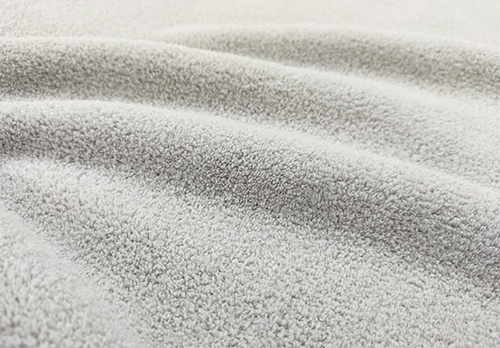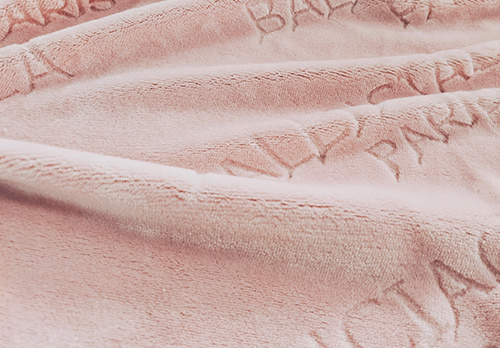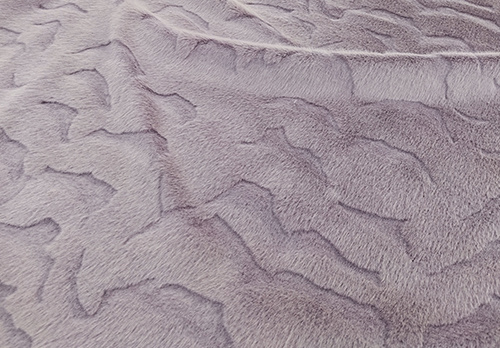In addition to its special structure, core-spun yarn has many advantages
Release time
2023-01-14
In addition to its special structure, core-spun yarn has many advantages. It can make use of the excellent physical properties of the core yarn chemical fiber filament and the performance and surface characteristics of the outer short fiber to give full play to the advantages of the two fibers and make up for their shortcomings.
View Details
Release time
2023-01-14
There are currently two process flows for spinning core-spun yarn, taking the processing of polyester-cotton core-spun yarn as an example.
View Details
Characteristics of core-spun yarn
Release time
2023-01-14
Core-spun yarn refers to a composite yarn composed of core yarn and sheath yarn; generally, filament yarn is used as core yarn, and staple fiber yarn is used as outer fiber yarn.
View Details
Release time
2023-01-14
It can be divided into core-spun yarn for sewing, core-spun yarn for rotten cloth, core-spun yarn for stretch fabrics (including knitted fabrics and woven fabrics), fancy core-spun yarn (such as hollow core-spun yarn, colored core-spun yarn, Cellofel core-spun yarn, bamboo core-spun yarn, etc.), functional and high-performance fabric core-spun yarn, etc.
View Details
The key to core-spun yarn spinning
Release time
2023-01-14
The core yarn filament must be placed in the middle of the front roller output strand; due to the effect of twisting torque, the filament position should be slightly left of the center when spinning Z-twist core-spun yarn, and slightly right of the center when spinning S-twist.
View Details






